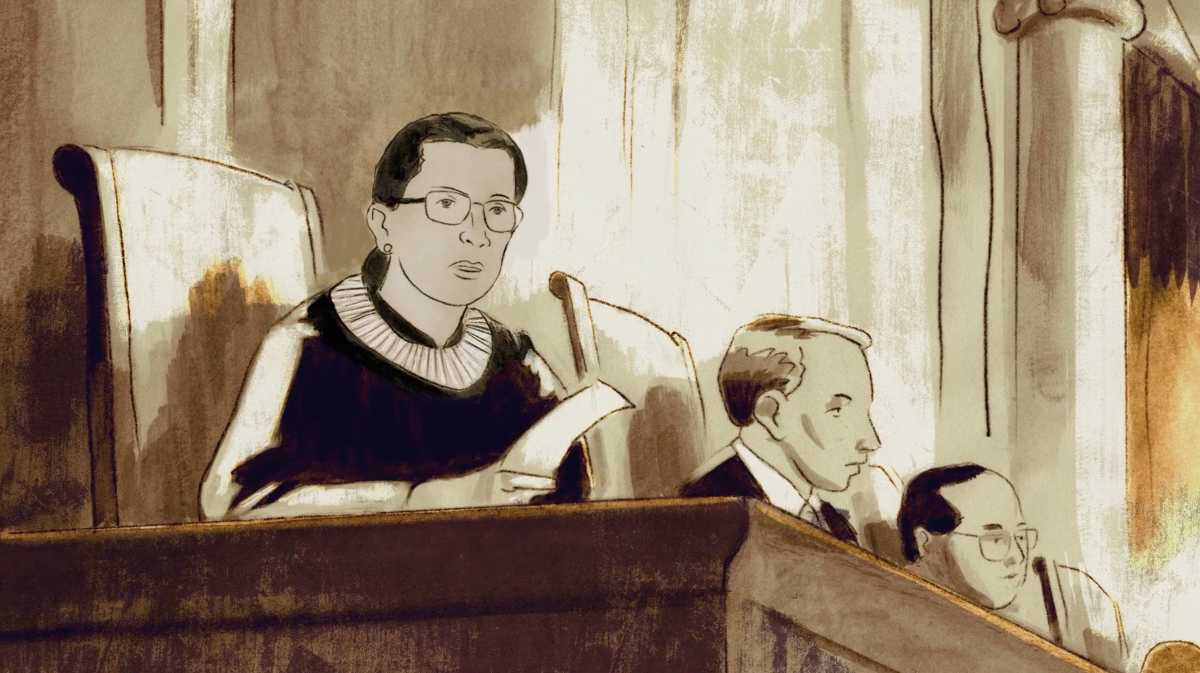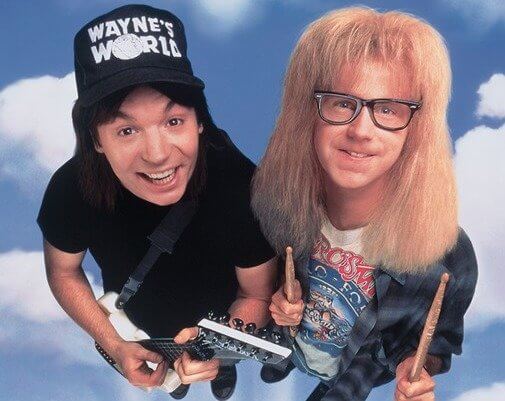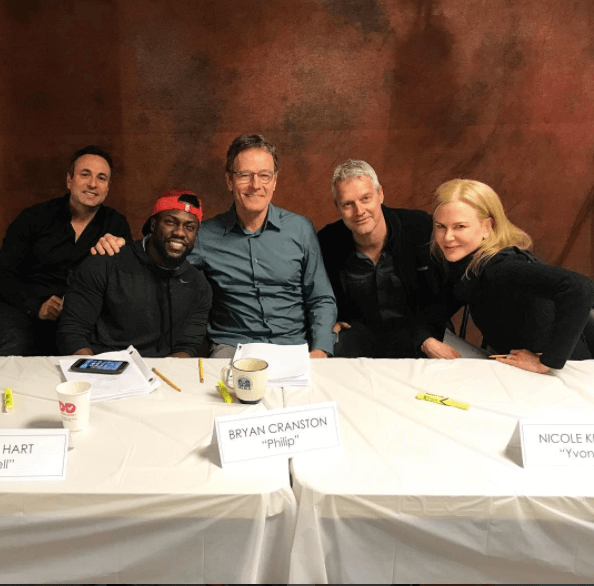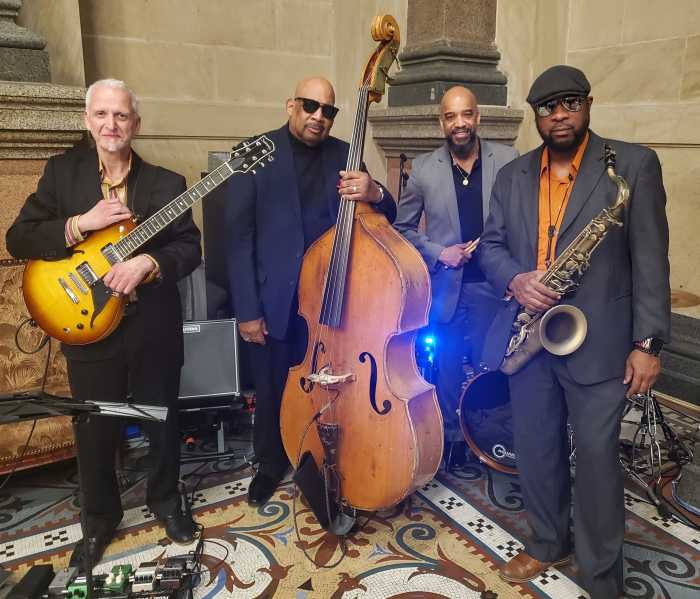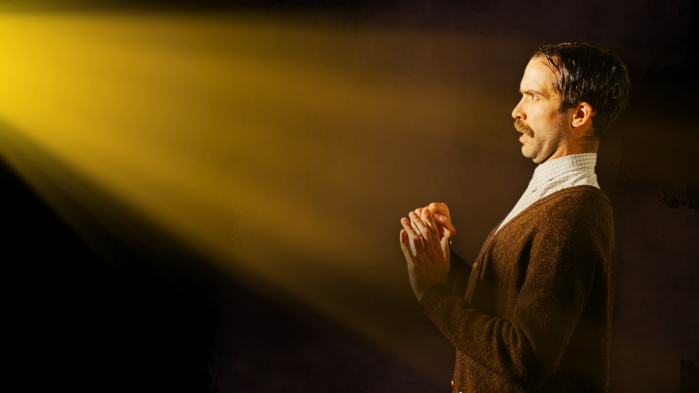Ruth Bader Ginsburg might not be around to speak to the public anymore, but her word and legacy lives on through a new documentary from Academy-Award winning filmmaker Freida Lee Mock. This film takes a look at the impact Justice Ginsburg had in her early life and how having “three strikes” against her helped fuel her determination to change the lives of men and women everywhere.
Frieda Lee Mock sat down with Metro to discuss what went into making “Ruth-Justice Ginsburg in Her Own Words.”
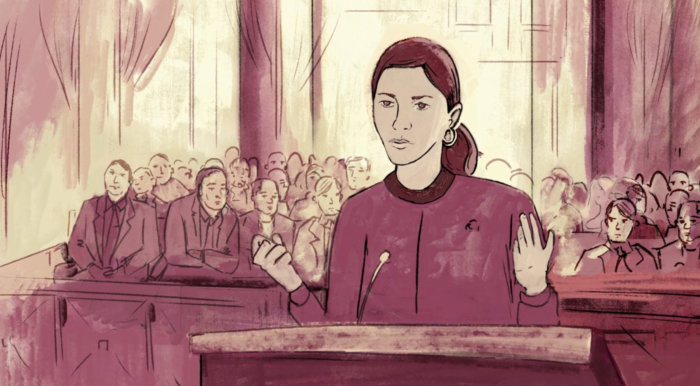
What was it that drove you to want to make this documentary?
Well, I [knew] very little about Justice Ginsburg, except that she seemed highly respected [as a] judge and justice. I now have gone away after a few years with a profound, profound respect by the impact she has had on the lives of both women and men. You think of the kinds of cases that were litigated in the 70s, you know, hundreds of them, and cases she led in terms of developing the content and strategy and then arguing cases going on. This truly changed the lives of both women and men to be free to pursue what their talents and interests allowed them, as opposed to the 50s when she started thinking of being impacted by discrimination both personally and professionally. She could see how liberating it could be if these gender-based laws were eliminated, and there were hundreds of the statutes in the 50s, 60s and 70s. She was entering college when women had very few rights in terms of public access that invite them and that many of these discriminatory laws have been eliminated. It’s because of the work she did and having a very visionary approach to do that. But, I didn’t know what I was getting into, so to speak, and that’s what the fun thing is—a story that is unknown. You really become immersed and particularly in terms of filmmaking, trying to figure out how to make this story as compelling and engaging as possible.
Where did you start for that research? Where did you look first?
I typically try to understand the big picture, so I’ll really start with primary sources and secondary sources of magazine articles or books. Then I decide, well, how do I want to tell that story? [There are] so many different ways to go. Once that decision was made I said, well, visually, how do we tell that aspect of the story? I’ll tell you what happened very early on doing the research, particularly visual research because she lived a long, distinguished life: The question came up, how much footage is there of her in the early days when she’s a professor or when she was at the appellate level? What is there to actually show her earlier and see there is a consistency in how she viewed certain issues. So that was a massive project with hundreds and hundreds of hours, and that’s the next approach—look at the visual material, which would then influence what one needs to film today. The big thematic idea that came out of the research was what she said to the impressive fifth graders who came to visit her at her at the Supreme Court. A fifth-grader who asked the question, which I felt became the shape of the scene: “Is it hard being a woman and Supreme Court Justice?” And she says, “I had three strikes against me. One, I was Jewish. Two, I was a woman. But the killer was I was a mother of a four-year-old child.” I’ve seen that written, but the way she spoke to the fifth-grader is just so respectful and intimate. That sure shaped the flow of ideas, and we were finishing the film at the time of Kavanaugh hearing, and I felt there was such a dramatic difference with how you get to the Supreme Court. Because his route is quite different from Justice Ginsburg’s route.

Were there any other bits of information or facts about Justice Ginsburg that either surprised you or stood out to you while doing research?
I find that she is the only national, public leader who uses her platform. She will inevitably bring up two ideas. One is unconscious bias. We’ve seen to be the next frontier in terms of eliminating discrimination on the basis of sex, but also, I think it applies to race. It is the whole concept of unconscious bias, and how much we are all a product of that, the culture in which we are raised. The other issue she brought up and was one of the only ones with Japanese internment, it’s very much in the last part of the film, and I was happy that I could have that be apart of her legacy, because I think she speaks to all of us in terms of being vigilant in the demonization. In the last few years with Muslims, it could easily happen to that group as it did to Japanese-Americans who were citizens. I think most of her life was inspired by the Constitution preamble, to make a more perfect union, and that to her was an absolute set back.
What are you hoping that audiences then take away from this film after getting to see it?
The film ends with her idea of equality under the law. I hope they can feel understand what an extraordinary woman [she is]. She’s very warm and funny, and kind and how she’s been life-changing [for people.] You think about the work she did and others like minded, but as a judge and justice, you know, the work actually affects our basic lives. With education, marriage, your wages, it’s very, very normal every day. Therefore, I hope they see how one person can make a difference.
Ruth-Justice Ginsburg in Her Own Words premieres in Virtual Cinemas on Feb. 12 and on TVOD on March 9, and will also be premiering on STARZ March 1 and will be available for download or streaming via the STARZ app.



